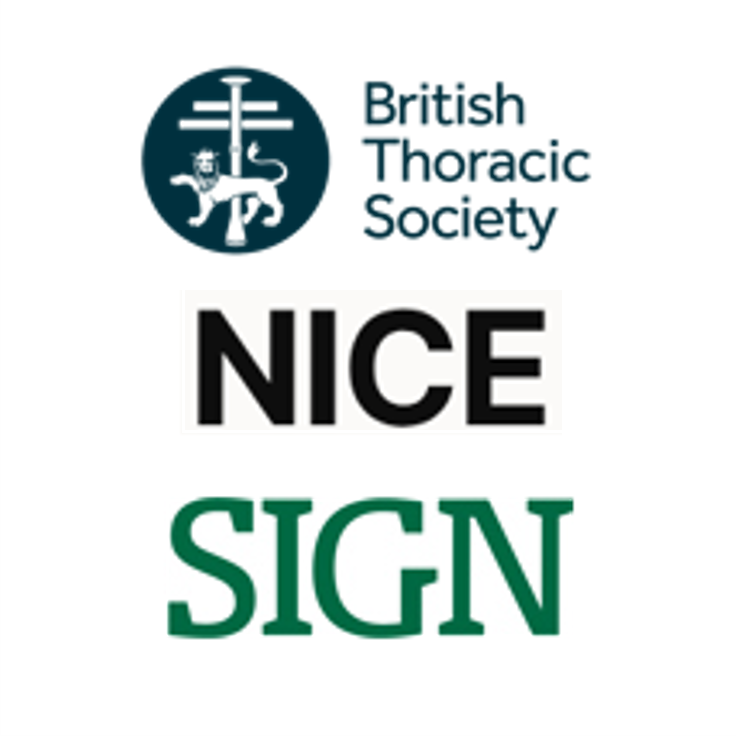Why the committee made the recommendations
The evidence review showed that clinical outcomes were poorest in all age groups with asthma when using SABA (short-acting beta2 agonist) alone. The committee also took into account other evidence from several sources, including national reviews of asthma deaths in both adults and children, which highlighted the dangers of using SABA without ICS in people with asthma. They therefore recommended that SABA alone should not be used in people with a diagnosis of asthma.
The previous NICE and BTS/SIGN guidelines had recommended a number of actions which should be taken before increasing treatment, and the committee agreed by consensus that a FeNO check should also be done as long as the equipment is available to do this.
How the recommendations might affect practice
The prescription of SABA alone has been commonplace, although this is becoming less so because of the publicity around asthma deaths. The recommendation will reduce its use further. The replacement therapies in adults and children are more expensive, but they should produce clinical benefits and cost savings through a reduction in exacerbations.
Full details of the evidence and the committee’s discussion are in evidence review P: drug classes for initial asthma management.
